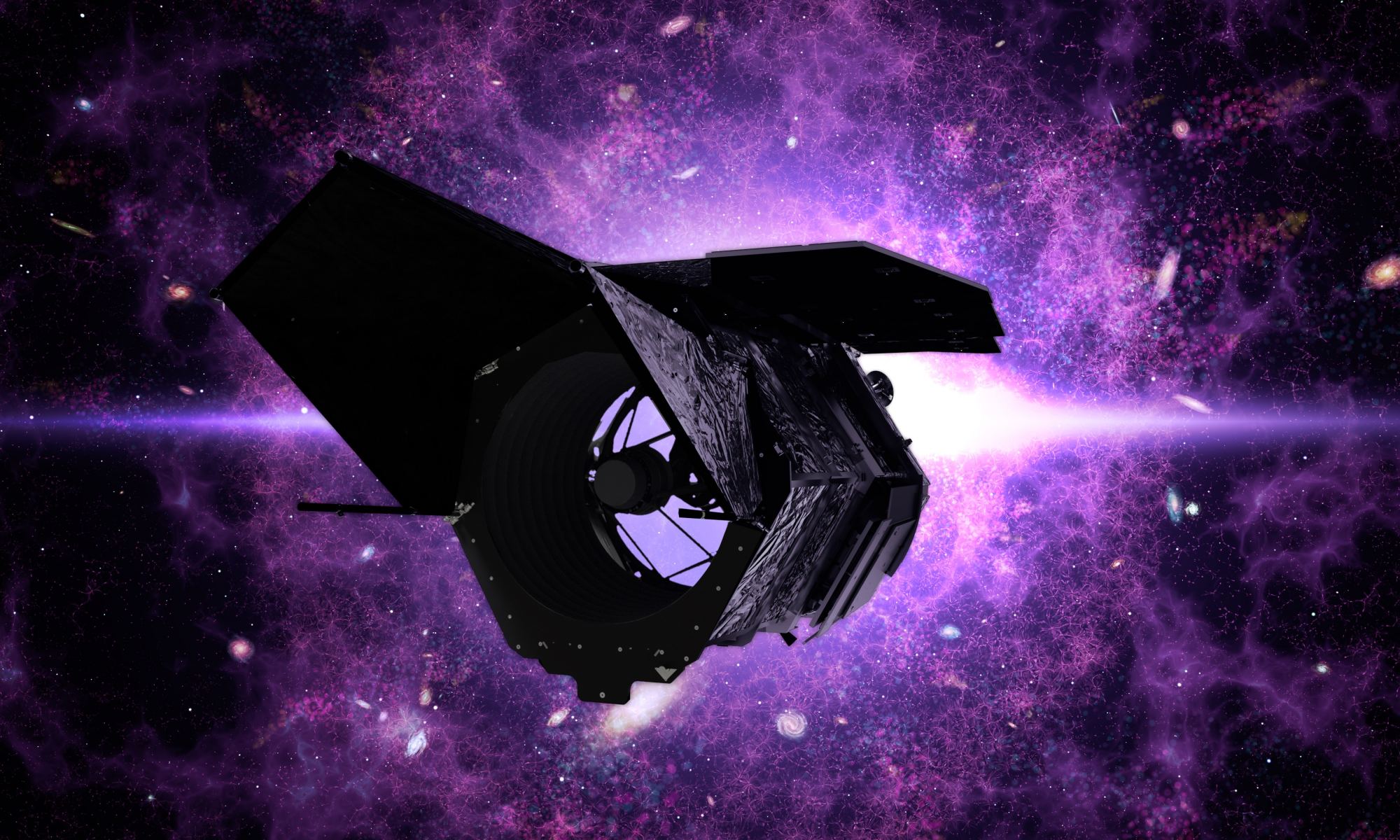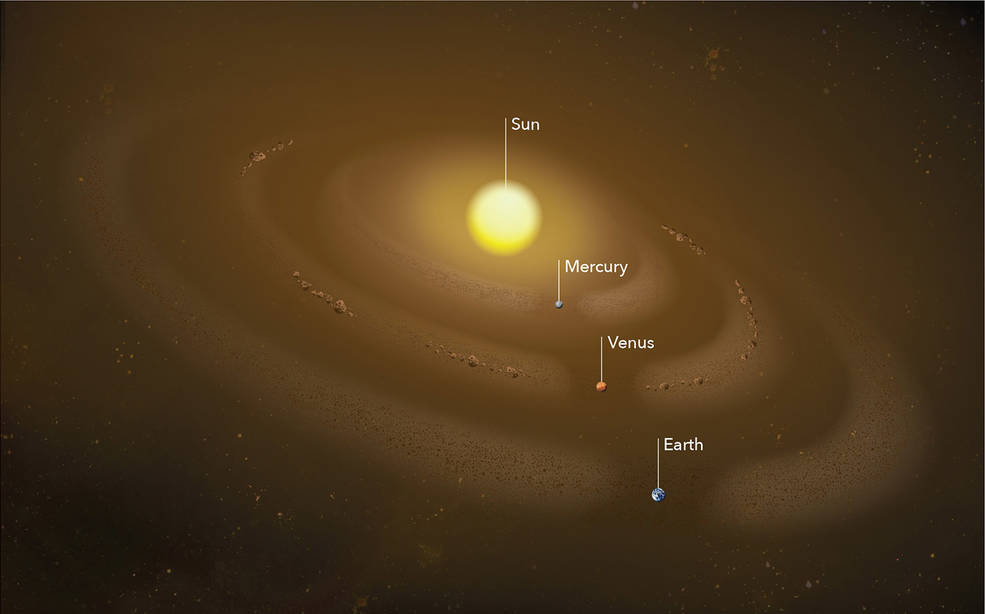In 2025, the Nancy Grace Roman space telescope will launch to space. Named in honor of NASA’s first chief astronomer (and the “Mother of Hubble“), the Roman telescope will be the most advanced and powerful observatory ever deployed. With a camera as sensitive as its predecessors, and next-generation surveying capabilities, Roman will have the power of “One-Hundred Hubbles.”
In order to meet its scientific objectives and explore some of the greatest mysteries of the cosmos, Roman will be fitted with a number of infrared filters. But with the decision to add a new near-infrared filter, Roman will exceed its original design and be able to explore 20% of the infrared Universe. This opens the door for exciting new research and discoveries, from the edge of the Solar System to the farthest reaches of space.
Continue reading “Nancy Grace Roman Telescope is Getting an Upgraded new Infrared Filter”

